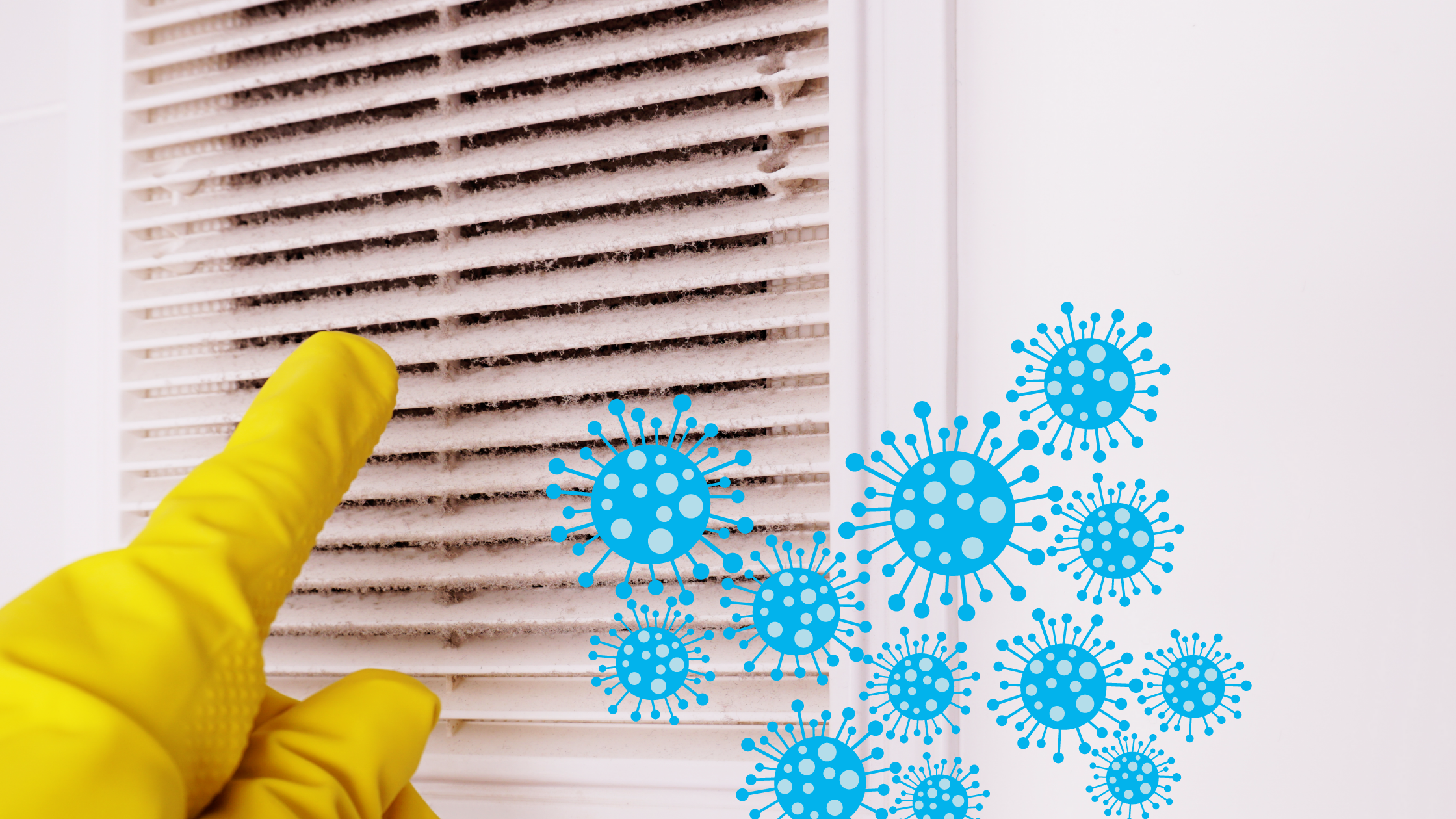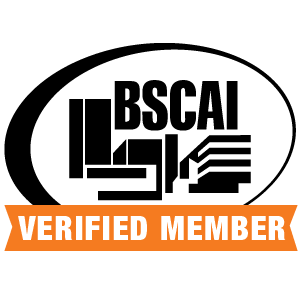How Can You Improve Air Quality in Time for Allergy Season?
Indoor air quality in the workplace is essential to the well-being of those with seasonal or chronic allergies. The EPA reports that most Americans spend 90% of their lives indoors. Unfortunately, indoor air often has higher levels of pollutants than outdoor air. These pollutants can trigger or worsen allergic responses and could even cause serious illness.
The more people that come and go from your facility, the more allergens they introduce. Pollen, grass, ragweed, cigarette smoke, dust mites, and animal dander can easily cling to your clothing and shoes. Then, when you enter a space where the air is stagnant or otherwise compromised, these pollutants can lower the quality of the air and trigger allergic reactions.
Dangers of air pollutants
The air inside your facility affects the health and comfort of your customers and your employees. And, unfortunately, hundreds of air pollutants go undetected in commercial facilities daily. In addition to the more common allergens that people bring in, nearly every commercially manufactured thing—from furniture and upholstery to paint and flooring—emits chemical pollutants on some level.
In many cases, facility managers begin to assess and respond to the issue only after employees start experiencing symptoms triggered by poor indoor air quality. Don’t fall into that trap!
What you can do
To control indoor allergens and air pollution, assess your environment carefully and if necessary, invest in professional services to keep indoor air quality high.
- Clear vents, ducts, and filters – ensure that your air ducts and vents are wide open and unobstructed, and make sure to replace your air filters frequently (every six months or as indicated by your HVAC professional).
- Circulate the air – utilize open windows and fans to circulate fresh air coming in, and push stale air out. You can also add plants to produce oxygen and help clean the air.
- Monitor moisture – humidity and dampness can lead to mildew and mold growth. Businesses can prevent those health risks by keeping humidity in check (ideally between 30-50 percent) with dehumidifiers and air conditioners.
- Clean your air – commercial-grade equipment like air scrubbers and air purifiers can help to keep internal air quality levels consistent.
- Keep it clean – regular, thorough cleaning reduces risks and damage at every turn. Pollutants, allergens, dust, mildew, and mold all work together to affect indoor air quality, so utilizing professional services to clean and disinfect regularly will keep those risks low.
Refer to Jidan Cleaning’s office disinfection checklist for additional ways you can keep specific spaces free from common illness-causing bacteria. In the meantime, it is important to recognize the need for help.
Call in the pros
Despite best efforts, businesses can’t always adequately accomplish some cleaning methods without professional care.
For example, many vacuums do not have high-efficiency particulate air (HEPA) filters, which trap microscopic allergens. Vacuums without this filter remove the allergens from the floor and shoot them back into the air. Also, the corners and edges of your carpet are often neglected and can trap dust and allergens that can aggravate respiratory systems.
Investing in professional air testing can help remove hidden or microscopic contaminants. Experts will measure airflow, humidity, and ventilation when you have your air quality tested. In addition, they will test for odors, leaks, and mildew/mold growth. A thorough inspection can tell you what problems exist and how to respond and prevent future issues.
If you’d like to learn more about the dangers of poor indoor air quality and how to prevent it, visit the Environmental Protection Agency’s guide for more information.








